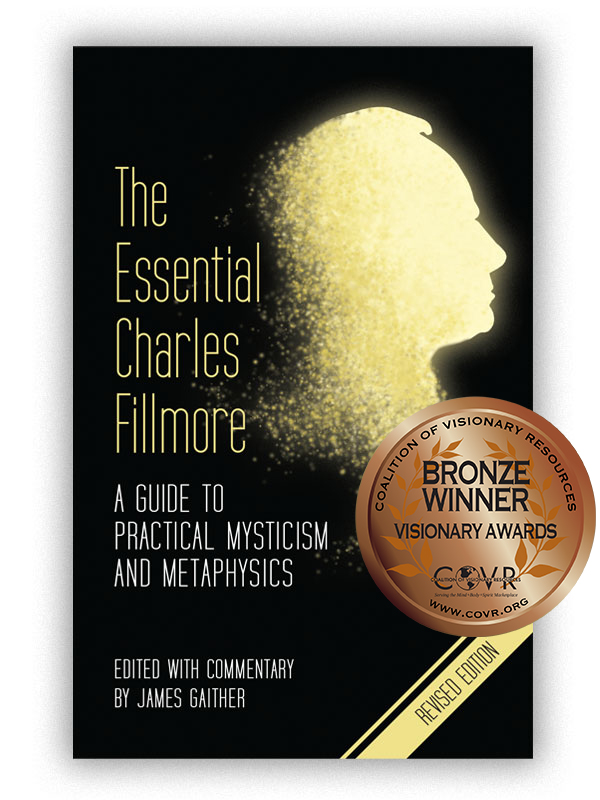She and Charles Fillmore met in 1876 and married in 1881. It was her personal healing experience with prayer that led to the creation of the Silent Unity prayer ministry. The couple founded the international Unity movement in 1889 in Kansas City, Missouri, and the Society of Silent Help, now Silent Unity®, the following year.
It was not until 1948, 17 years after Myrtle’s transition, that Charles Fillmore would ask area artist Daniel MacMorris, a painter known for his portraits of celebrities and community leaders, to create a “bas-relief” of Myrtle. The art was commissioned and the result was two sculptured pieces. One is on display in the Unity Archives, located on the Unity Village campus, and the other can be seen at the Myrtle Fillmore Prayer Chapel at Unity Temple on the Plaza in Kansas City, Missouri.
This information and youtube video come straight from the Unity Village information made available to all UNITY ministries.
How the Unity cofounder’s ideas went from radical to mainstream
When you think of New Thought and its teaching, you may not picture a man born before the Civil War.
But Charles Fillmore, born in 1854, is one of the foremost theologians, philosophers, and thinkers in the movement we call New Thought today. A true American mystic, Fillmore’s writing and teaching was innovative for his day and well ahead of the times.
Fillmore’s interest in the connection between our minds and bodies helped promote now-mainstream practices like meditation and vegetarianism, as well as our understanding of health and spirituality.
“He was downloading from the universe ideas that were later proven by science and medicine, particularly around the power of mind over body,” says Rev. Ellen Debenport, vice president of Unity publishing. “We know now that attitude makes a difference in our health, and placebos work because we believe they will, but that was radical in Fillmore’s day.”
The Foundation of Modern Metaphysics
Though our understanding of science has evolved tremendously throughout the past century, many of his writings still resonate today.
Explore Charles Fillmore’s essential teachings
“Fillmore lived through world events at least as dramatic as those we are experiencing. Two world wars, the Great Depression, the flu pandemic of 1918,” says Debenport. “And he never wavered from his belief that we are spiritual beings, that we have access to the attributes of God, and we are creating our lives with our thoughts.
“He was saying we can be what Jesus was, that Jesus showed us what’s possible for all. That’s still a mind-blowing idea.”
His work is often considered dense, but it has become the foundation not only for Unity—founded in 1889 by Charles and his wife Myrtle—but of modern metaphysics. The Essential Charles Fillmore was initially published more than 20 years ago as a way to distill some of his best writing. Author James Gaither says he continued to receive inquiries about the book long after it was out of print.

Because Fillmore’s writing does not often make for easy reading, Gaither wanted to take that “best of” approach from the first book and make it even more accessible for Unity scholars and general readers alike.
The new version offers additional context for Fillmore’s thoughts—both historically and topically—to help readers connect the teachings to a broader understanding of practical metaphysics.
What Fillmore taught was instruction for what to do in times of serious struggle, whether that is an individual’s dark night of the soul or a global crisis affecting entire communities. These readings can help us address the problems we face in any age.
“Charles was into the significance and the meaning of scriptures in a way that was really deeper than anyone else in New Thought, especially when you take into account the importance in his teachings of a metaphysical interpretation of the scriptures.”—Author James Gaither, The Essential Fillmore